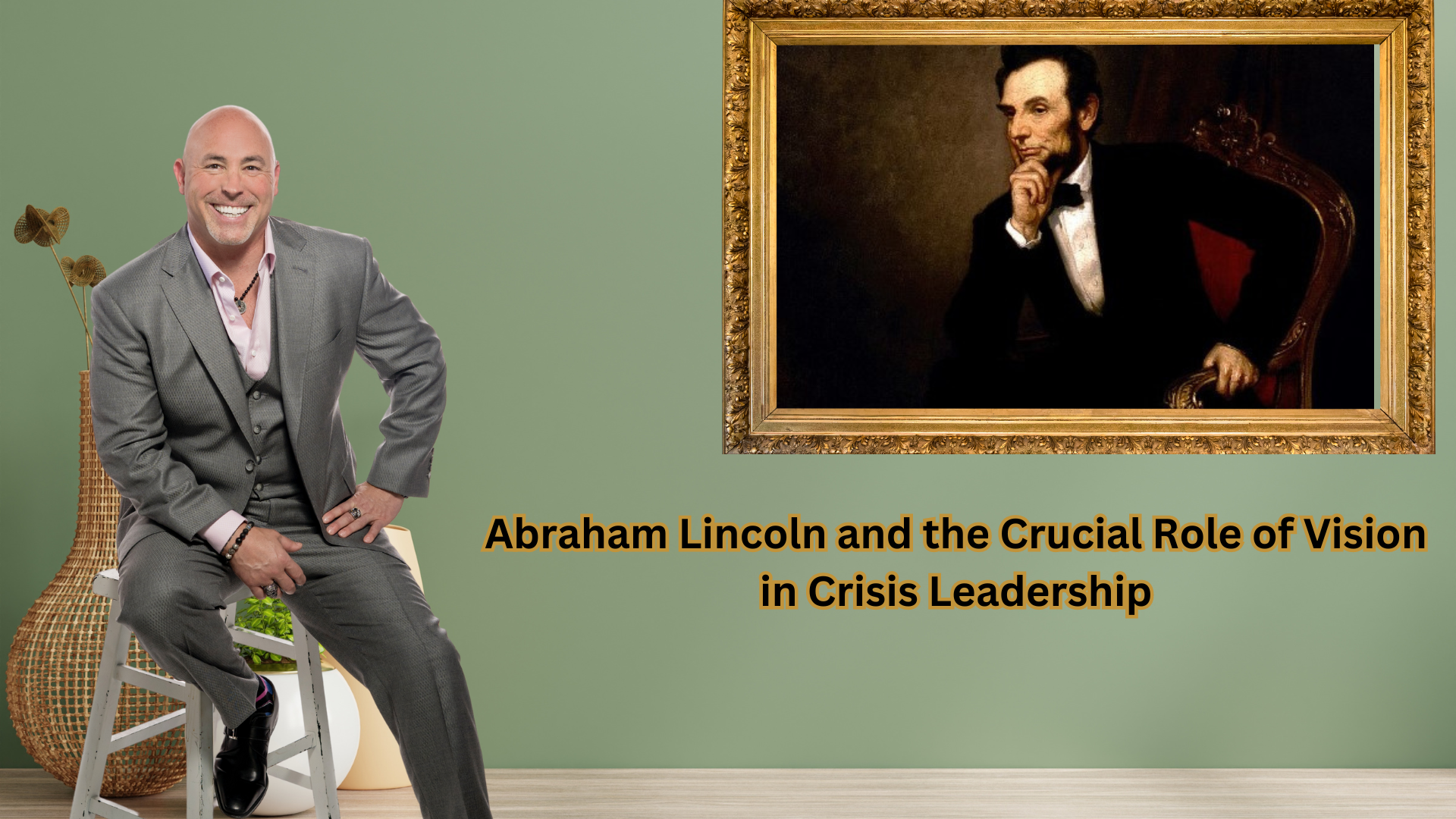Abraham Lincoln’s presidency (1861-1865) stands as one of the most tumultuous periods in American history. Thrust into leadership at the onset of the Civil War, Lincoln faced a nation literally tearing itself apart. The conflict between the Union and the Confederacy tested not only the fabric of American democracy but also Lincoln’s leadership abilities in ways few leaders have ever experienced.
The Civil War presented Lincoln with a multitude of crises: military, political, economic, and moral. He grappled with the secession of Southern states, managed a war effort with early defeats and setbacks, navigated complex political alliances, and confronted the moral dilemma of slavery.
Throughout these challenges, Lincoln demonstrated remarkable crisis management skills that not only preserved the Union but also reshaped the nation.
While the scale of Lincoln’s challenges may seem far removed from the corporate world, the core principles of his leadership style offer valuable lessons for modern business leaders facing their own crises.
Today’s executives confront a rapidly changing business landscape, marked by technological disruptions, economic uncertainties, global pandemics, and shifting societal expectations. Like Lincoln, they must make critical decisions under pressure, rally their teams, and steer their organizations through turbulent times.`
Lincoln’s Clear Vision
From the moment he took office in 1861, Abraham Lincoln faced a nation on the brink of dissolution. Southern states had begun seceding, and the country was lurching towards civil war. Amidst this chaos, Lincoln articulated a clear and powerful vision: to preserve the Union at all costs.
In his first inaugural address, Lincoln declared, “I hold that in contemplation of universal law and of the Constitution the Union of these States is perpetual.”
This statement became the foundation of his presidency and the guiding principle for all his subsequent decisions.
Throughout the war, Lincoln faced immense pressure from various factions. Abolitionists pushed for immediate emancipation, while conservatives argued for compromise with the South. Military setbacks and mounting casualties tested the nation’s resolve. Yet, through it all, Lincoln never lost sight of his primary goal.
This isn’t to say that Lincoln’s vision was inflexible. As the war progressed, he incorporated the goal of ending slavery into his broader vision of a united nation. The Emancipation Proclamation, issued in 1863, was framed as a war measure to preserve the Union, demonstrating Lincoln’s ability to adapt his strategy while maintaining his core vision.
In an era of rapid change and uncertainty, having a clear, compelling vision can provide stability and direction. Just as Lincoln’s vision guided him through the tumultuous years of the Civil War, a well-defined organizational vision can help modern executives navigate the complex challenges they face. Whether dealing with market disruptions, technological shifts, or global crises, a strong vision can serve as a compass, helping leaders make decisions, rally their teams, and maintain focus on long-term goals.
What can modern business leaders learn from Lincoln’s commitment to his vision?
- Articulate Your Vision Clearly: Lincoln’s vision was simple and easy to understand – preserve the Union. In your organization, can you state your primary goal as clearly?
- Use Your Vision as a Decision-Making Framework: Every major decision Lincoln made was evaluated against how it would affect the goal of preserving the Union. Use your vision in the same way to guide your choices.
- Communicate Consistently: Lincoln reiterated his vision in speeches, letters, and conversations. Regular communication keeps your team aligned and focused.
- Stay the Course in the Face of Setbacks: The early years of the Civil War saw numerous Union defeats, but Lincoln’s commitment never wavered. Let your vision be your anchor in turbulent times.
- Adapt Tactics, Not Vision: While Lincoln’s strategies evolved over time, his core vision remained constant. Be flexible in your methods, but steadfast in your ultimate goal.
- Align Your Team: Lincoln’s cabinet, though often divided on specific issues, was united in the goal of preserving the Union. Ensure your team understands and is committed to your organizational vision.
- Connect Short-Term Actions to Long-Term Vision: Lincoln framed even controversial decisions, like the Emancipation Proclamation, in terms of the larger goal. Help your team see how their daily work contributes to the bigger picture.
It’s not enough to simply state a vision; it must be lived and breathed throughout the organization
Implementing these lessons from Lincoln’s leadership requires commitment and consistency. This means regularly reinforcing the vision in communications, decision-making processes, and strategic planning. It also involves helping employees at all levels understand how their roles contribute to the larger vision. Leaders must be prepared to face skepticism and resistance, especially when short-term challenges seem to overshadow long-term goals. However, by remaining steadfast in their vision while showing flexibility in tactics, leaders can inspire confidence and resilience in their teams. Lincoln’s vision took years to realize fully, and your organizational vision may require similar patience and persistence.
By maintaining a clear vision, you provide your organization with a north star to navigate by. It unites your team, informs your strategy, and provides a sense of purpose when challenges seem overwhelming. Just as Lincoln preserved the Union through unwavering vision and leadership, you can guide your organizations through crisis to ultimate success.

